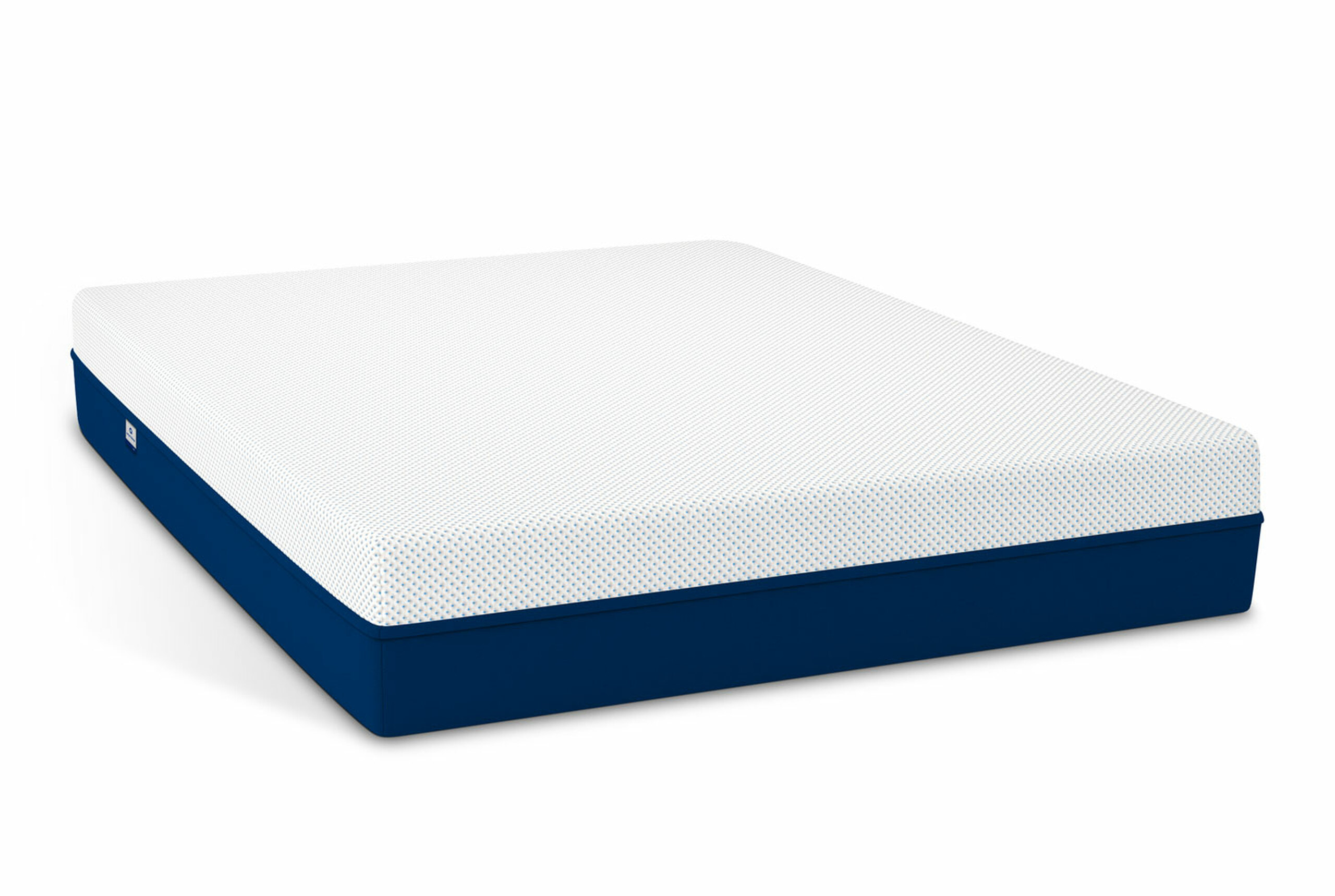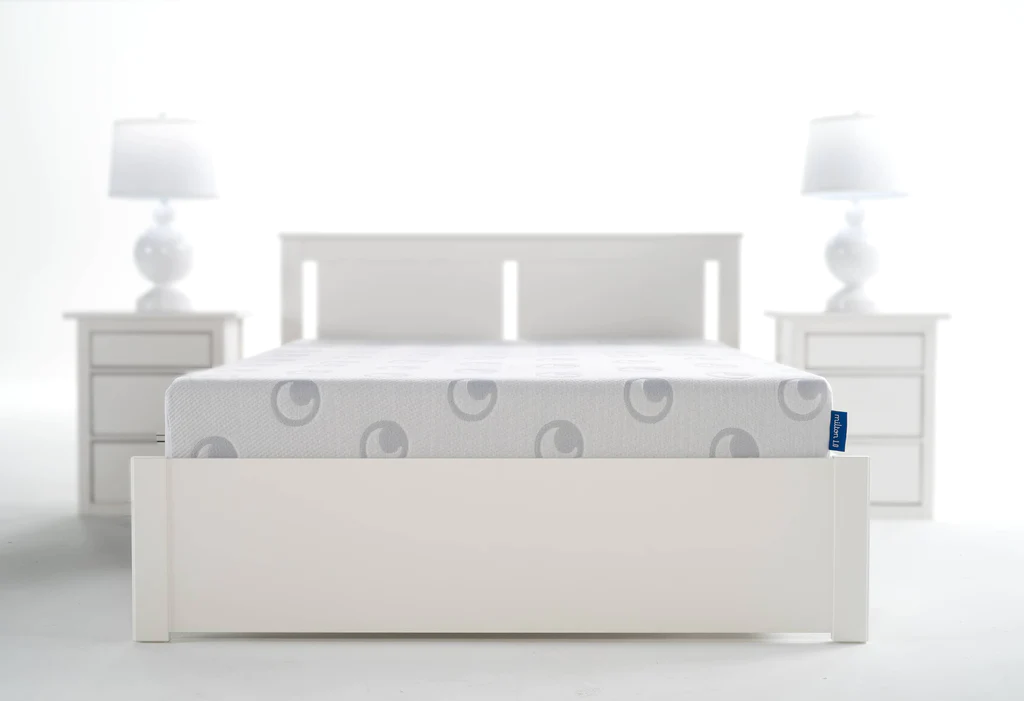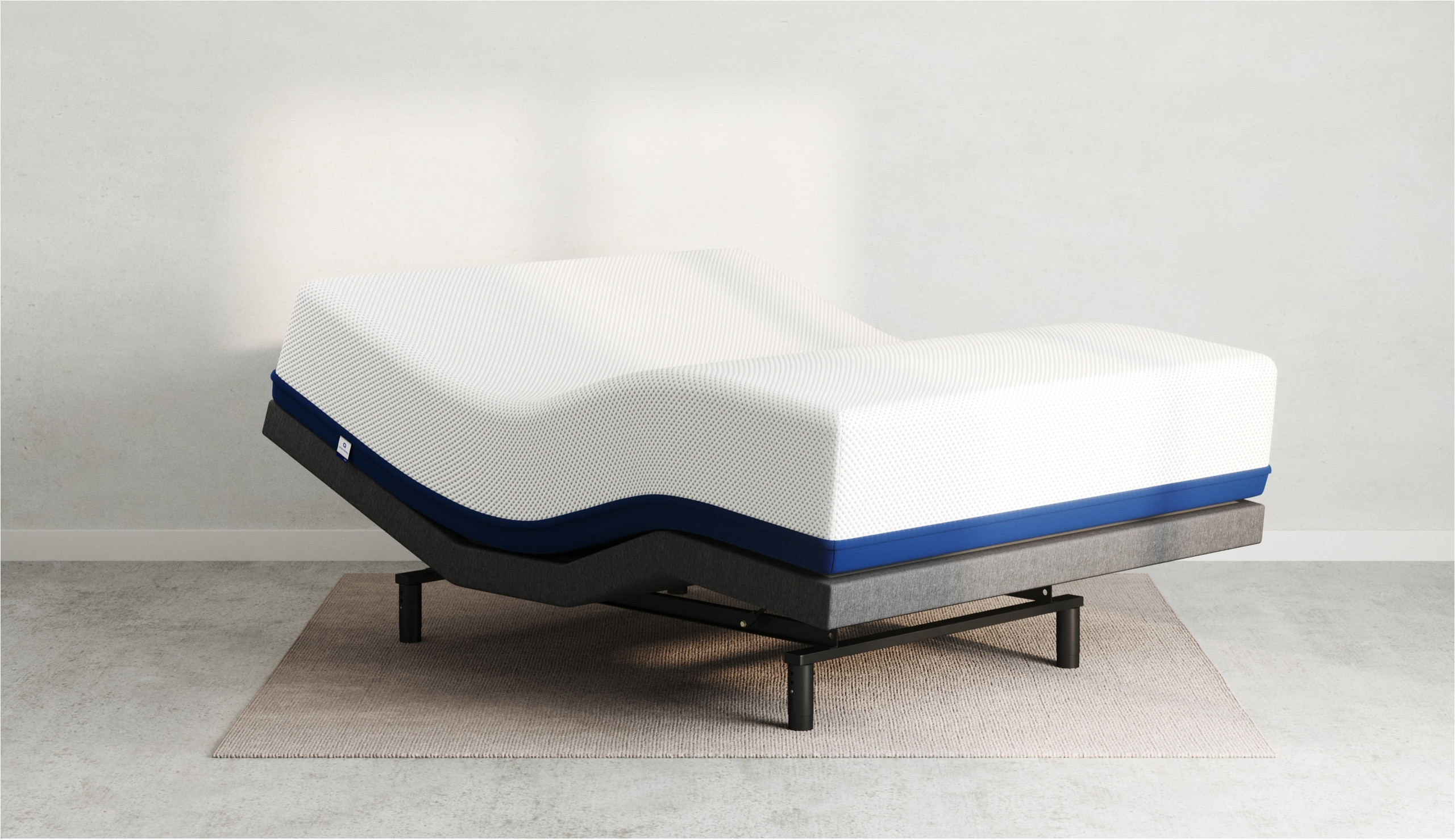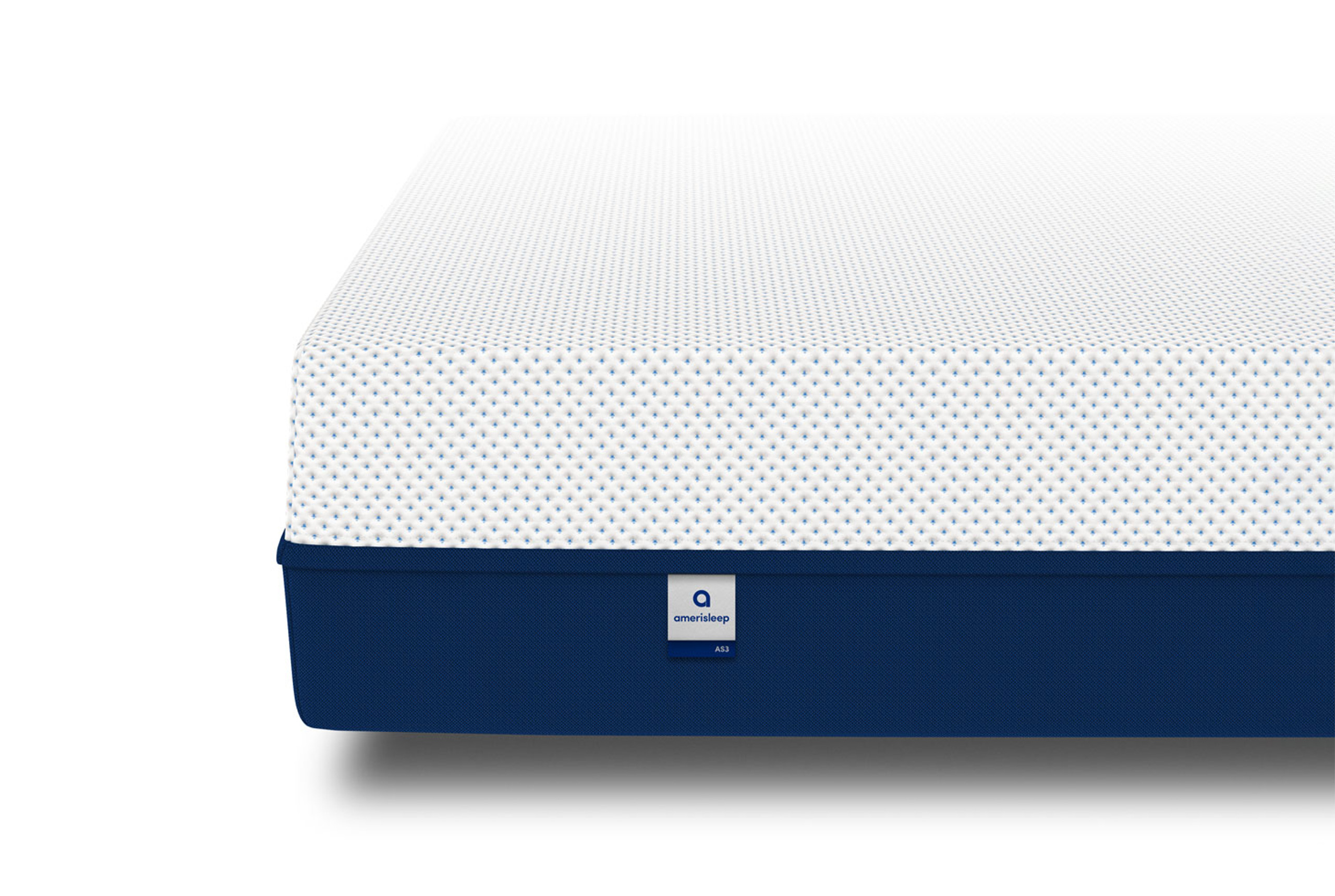






















How to Choose the Best Soft Mattress?
For an accurate and visual examination of firm mattresses, we’ll deliberately divide, and even when necessary, oppose the firmness and softness of mattresses to each other. To begin with, let’s start from a well-known and technically reliable fact - firm mattresses are responsible for maintaining the body, and soft mattresses are responsible for comfort.
While a resilient mattress honors its laurels as a body supporter, a soft mattress boasts its inherent quality of comfort. At the same time, unlike the supportability of elastic mattresses, the comfort of a soft mattress is a universal quality: a soft mattress is always comfortable for everyone, even for those who are not formally recommended softness. For example, for people with back pain, an elastic mattress is formally recommended, but for a person with temporary and non-critical back pain, a soft mattress will also be very suitable. Due to the softness and suppleness of the mattress, the pain will not increase in any way and will not become regular - the pain will pass, and the feeling of comfort and coziness along with the mattress will remain with you. A soft mattress does not solve problems and does not cure, but mainly prevents them or gets rid of them altogether. If you roll around a lot in your sleep, you will most likely get a recommendation to use a firm mattress again, but don’t be in a hurry. A springy mattress will certainly make the rotation much easier, but your supposedly unpleasant body habit will stay with you and will not go anywhere. A soft mattress is in no hurry: from the first day of use, a soft mattress very quickly and at the same time slowly creates soft depressions and mounds for each corresponding part of your body. It is unlikely that your body will want to quickly leave that zone of excellent comfort that a soft mattress can create for you. Of course, sleeping on a soft mattress during the night will change the position of your body, but in doing so, you will definitely miss at least one dodge - a snugly located body does not want to lose its position. In the following nights, you will miss another dodge, and then another … another and another. Subsequently, during the night you will have only those body movements that relate to a natural change in posture, and not to anxious throwing in unexpected directions.








